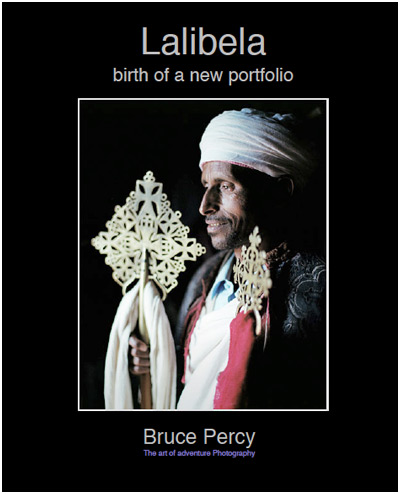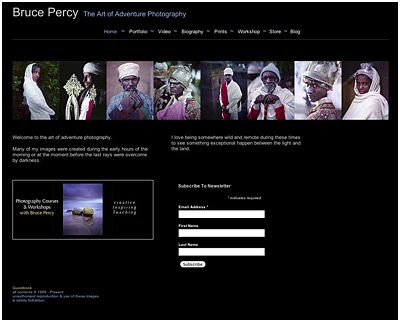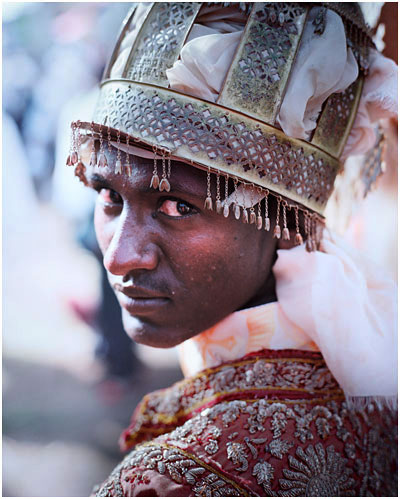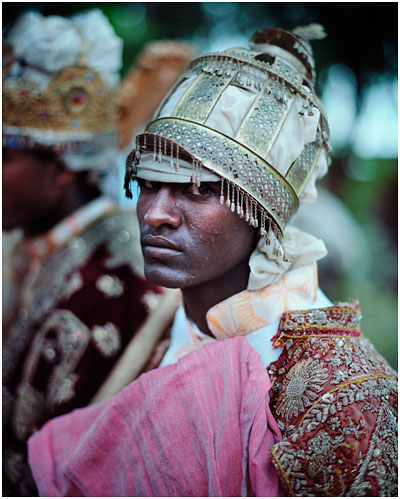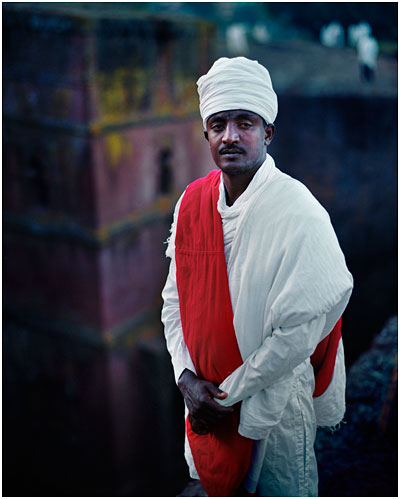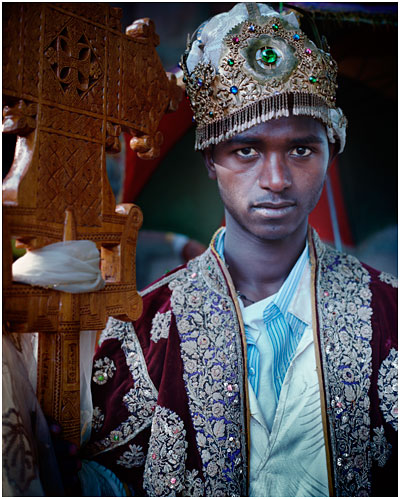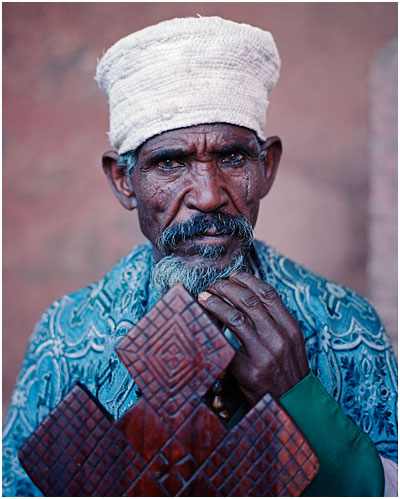A few days ago I posted that I was currently in Lalibela, Ethiopia for a special orthodox christian celebration. It’s been wonderful to come back and experience the place for a second time and I feel I’ve done much better this time in portraying the soul of some of the inhabitants of this town. There are a few images etched into my mind that really stand out: I have a few of local priests and of some of the beautiful children here, but maybe the ones that really stand out in my mind are those of the Ethiopian woman wearing traditional head dress.
I’ve been thinking today about why it might be the case that I’ve done better this time. Especially since I feel my efforts haven’t justified the images that are imprinted on my mind so far. Four years ago when I came here, I really worked the place as much as I could and felt I didn’t really ‘get’ the place. This time round it’s the opposite way - I feel I’ve put very little effort in and yet I think I’ve captured quite a few memorable portraits in the space of two days.
How can this be? I’m really not sure, and currently it’s just a hunch as I haven’t seen the final processed films yet. But if I have learned one thing over the years of shooting film, it is that when I manage to make a memorable photograph: I tend to know it at the time of capture. The good ones just seem to be like that - they leave an indelible impression on your mind and emotions and I’ve found that they stay there, powerfully, right up until I get the processed films back from the lab and the confirmation that what I felt and saw at the time really did work.
Of course, it would be very easy to say that the reason why everything has gone so well this time is due to my improvement as a photographer. But I don’t think so. In fact I’m feeling rather rusty when it comes to photographing people, particularly in developing world countries.
First there is the issue of feeling that I’m exploiting my subjects, even though I know I’m not like that and would never take advantage. But being surrounded by poverty tends to make you stare at yourself a bit more than usual and ask yourself some awkward questions.
As I stated a few days ago, I seem to have become really shy in front of people I really want to photograph. My guide helped a lot, but he couldn’t read my mind and he didn’t know when I was secretly longing to photograph someone. Inside, I’m crumbing to pieces at the thought of approaching them. God, I really am rusty as a people photographer.
But perhaps there’s something in this unfocussed approach to my trip that’s working for me, rather than against me. My feeling of helplessness is in some ways, making me go more with the flow. I’ve more or less decided that it’s just great to be here, and any good photos are an added bonus. I can’t help but wonder if serendipity is paying me a visit and offering me more than if I’d tried to orchestrate it myslef. I really don’t know.
As well as myself changing in the past four years, so too has Lalibela. Coming back has allowed me to compare, but it’s also forced me to notice the differences between what I was looking for back then, and what I’m looking for now. Years ago I would be very happy if I managed to get someone’s attention to work with me on a photograph, whereas now I feel I’m looking for more of a connection in the way they smile at me or how they talk to my camera.
And Lalibela is a bit more confident these days. Everyone seems to have mobile phones - Chinese fake Samsung Galaxy phones, and the town is a little more touristy than it was back in 2010. Tuk Tuk’s are everywhere - those strange little car inventions from India arrived only six months ago and I can already see the streets of people and mules being replaced by two stroke engines in four years time if I do ever return. But mostly I feel the inhabitants are getting used to cameras being around and I guess that’s maybe why I’m finding things just a bit easier this time. Ethiopian’s are very generous people at heart, sincere and open and they like to share. It seems that asking to make photos of people here is considered a compliment rather than an intrusion.
One last thought before I go. Coming back to Ethiopia has made me re-connect with why I got into what I do in the first place. The wonder of exploring a place that is completely different from my western existence has always made me feel more alive. It also offers me the chance not only to see new things, but to see things about my own life and myself that I had never had the luxury to consider before.
Next stop Japan, then Bhutan in April. I can’t wait to see what unfolds as I feel I’ve found my passion again for photographing people, even if I am a little rusty.







